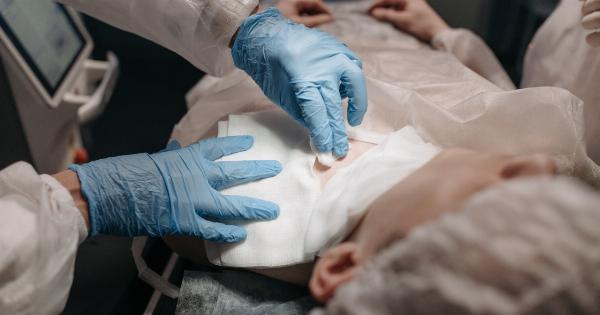Almonds are tiny glands located at the back of your throat. Also known as tonsillar glands, these almond-shaped organs help fight infections that enter your body through your mouth and nose.
However, sometimes the almonds become inflamed and cause uncomfortable symptoms, such as sore throat, difficulty swallowing, and bad breath. If that’s the case, you may need to get almond removal surgery, also known as a tonsillectomy. Here’s everything you need to know about the procedure, including when is the right time for it.
What is Tonsillectomy?
A tonsillectomy is a surgical procedure to remove your almonds. It’s usually performed under general anesthesia, which means you’ll be asleep during the operation.
During the procedure, your surgeon will reach your almonds through your mouth and cut them out using specialized instruments. The surgery typically takes less than an hour, and you can usually go home the same day.
Why is Tonsillectomy Performed?
A tonsillectomy is performed for a variety of reasons. The most common reason is a recurrent or chronic infection of the almonds. If you have frequent tonsillitis, which is an infection of the almonds, your doctor may recommend a tonsillectomy.
Additionally, if your almonds are enlarged and blocking your airway, you may need a tonsillectomy to improve your breathing.
When is the Right Time for Tonsillectomy?
Deciding when is the right time for a tonsillectomy is a personal choice that should be made in consultation with your doctor.
Typically, a tonsillectomy is recommended when you have frequent infections or when the almonds are causing other health issues such as difficulty breathing. However, you don’t need to hurry to get a tonsillectomy at the first sign of infection. In many cases, a course of antibiotics can clear the infection and reduce the inflammation of the almonds.
Therefore, it’s best to wait for a few months and see if your symptoms improve with antibiotics and other non-surgical treatments like gargling salt water, drinking warm liquids and getting plenty of rest.
If you continue to have recurrent infections or symptoms that negatively affect your daily living, then it’s time to consider a tonsillectomy.
What to Expect After Tonsillectomy?
After a tonsillectomy, you’ll likely feel sore throat pain and discomfort, which is usually managed with pain medication. You may also have a fever, ear pain, and difficulty eating due to the pain in the throat.
However, these symptoms usually improve within a week or two, and full recovery usually takes up to a month or two. During this time, it’s important to drink plenty of fluids, avoid spicy or crunchy foods, and get plenty of rest.
Risk Factors for Tonsillectomy
Tonsillectomy is a relatively safe procedure, but like any surgery, it carries certain risks. Some of the common risks associated with tonsillectomy include bleeding, infection, and airway obstruction.
Additionally, people who smoke or have other underlying health conditions may be at a higher risk of complications, which is why it’s important to discuss any concerns you have with your doctor before the surgery.
The Bottom Line
A tonsillectomy can be an effective treatment for recurrent tonsillitis and other symptoms caused by inflamed almonds.
However, it’s important to discuss the risks and benefits of the procedure with your doctor and weigh them against other treatment options. Remember, you don’t need to hurry to get a tonsillectomy, and there are other non-surgical treatments to try before resorting to surgery.



























